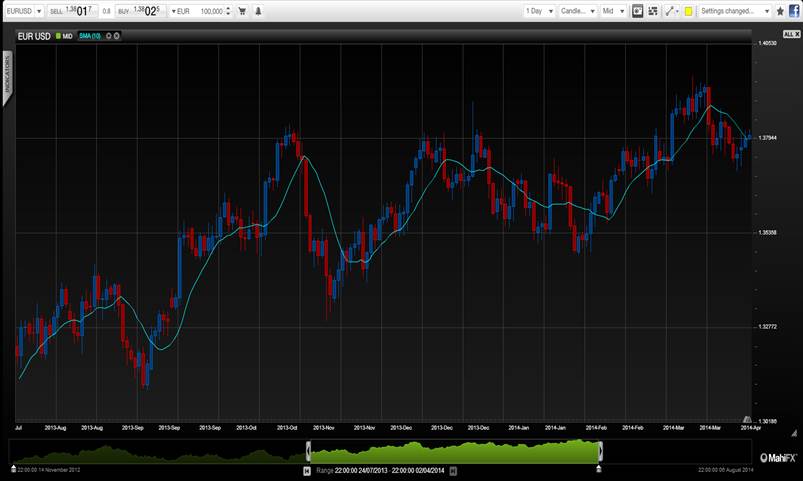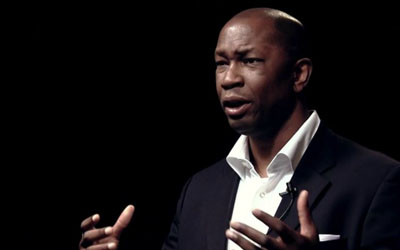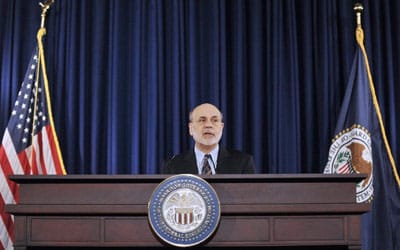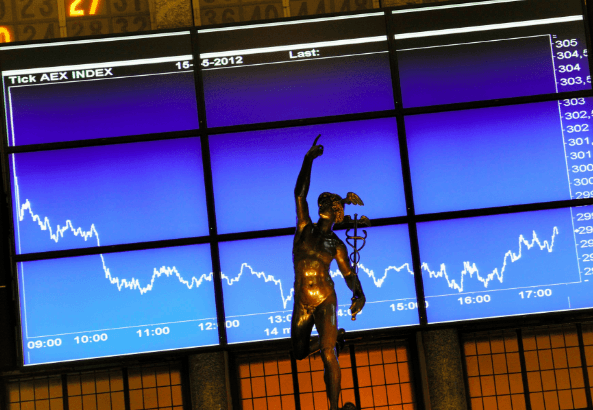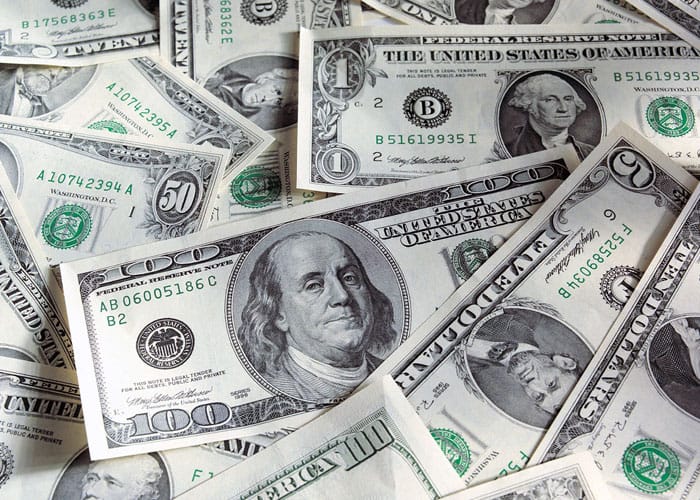In the years following the financial crisis of 2007/8, the U.S. Federal Reserve has been flooding the market with cheap dollars in an effort to keep the economy on the up and up. But while Europe has had its fair share of financial strife in recent years, it has stopped short of printing money – or ‘quantitative easing’ – preferring to boost the liquidity in the banking system with cheap central bank loans known LTROs (Long Term Refinancing Operations).
While it hasn’t been in the news as much recently, the European economy is far from out of the woods, and it the quantitative easing (QE) option remains on the table. Will the European Central Bank exercise the option? In this guest post, Justin Pugsley, Markets Analyst at New Zealand-based broker and platform developer MahiFX, takes a look at the prospect of QE in Europe, how likely it is to happen, and what form it might take if it does.
Will the ECB ever really do QE?
There is an outside chance that the European Central Bank could upstage the normally all important US Non-Farm Payroll figures due this Friday with an announcement over new stimulus measures to combat potential deflationary pressures.
Last week Bundesbank President Jens Weidmann and ECB executive board member left open the possibility that the central bank could engage in quantitative easing to counter deflationary pressures in the Eurozone.
The remarks stunned many in the forex markets as Germany has been implacably opposed to measures such as QE. The ECB doing QE would be a potential game changer sending risk assets and currencies higher and the EUR and safe havens such as JPY lower.
However, an announcement concerning measures such as QE or negative interest rates is unlikely at this Thursday’s ECB press conference. Not least because Weidmann qualified his comments over the weekend by saying the Eurozone is not locked into a deflationary spiral and cautioned against over-reacting to what could be cyclical factors.
However, the tantalising possibility of QE has now been put on the table.
EUR/USD – QE by the ECB would be a game changer for the markets
Don’t hold your breath
Eurozone inflation was 0.5% in March, down from 0.7% in February and is well below the ECB’s 2% target. A fall into outright deflation – as has already happened in a few Eurozone states – would see the weight of debt creep up and possibly incentivise consumers to delay purchases in the hope of lower prices in the future. Weidmann does not believe the latter is happening.
However, though Weidmann has created excitement over QE, it is by no means certain that it will ever happen in the Eurozone and if it does it would probably be a last resort after other less controversial measures have been tried.
And even in Germany not everyone favours QE. For instance, Germany’s constitutional court ruled that the ECB’s Outright Monetary Transactions programme, designed to support bond markets of troubled Eurozone states but never deployed, exceeded the central bank’s powers and remit.
If OMT is illegal under the ECB’s constitution then QE most certainly would be and getting around that would take some deft legal and constitutional footwork.
In the meantime, the ECB would very likely try other measures such as talking the EUR down, negative interest rates or some sort of support for private sector bonds to help push money directly into the real economy to stimulate commercial activity.
Only if none of that worked would the ECB likely try QE. So in other words by the time it did happen, if it ever does, the move will likely have been so well telegraphed to the markets that it would have been widely priced in.
Tradersdna is a leading digital and social media platform for traders and investors. Tradersdna offers premiere resources for trading and investing education, digital resources for personal finance, market analysis and free trading guides. More about TradersDNA Features: What Does It Take to Become an Aggressive Trader? | Everything You Need to Know About White Label Trading Software | Advantages of Automated Forex Trading



























